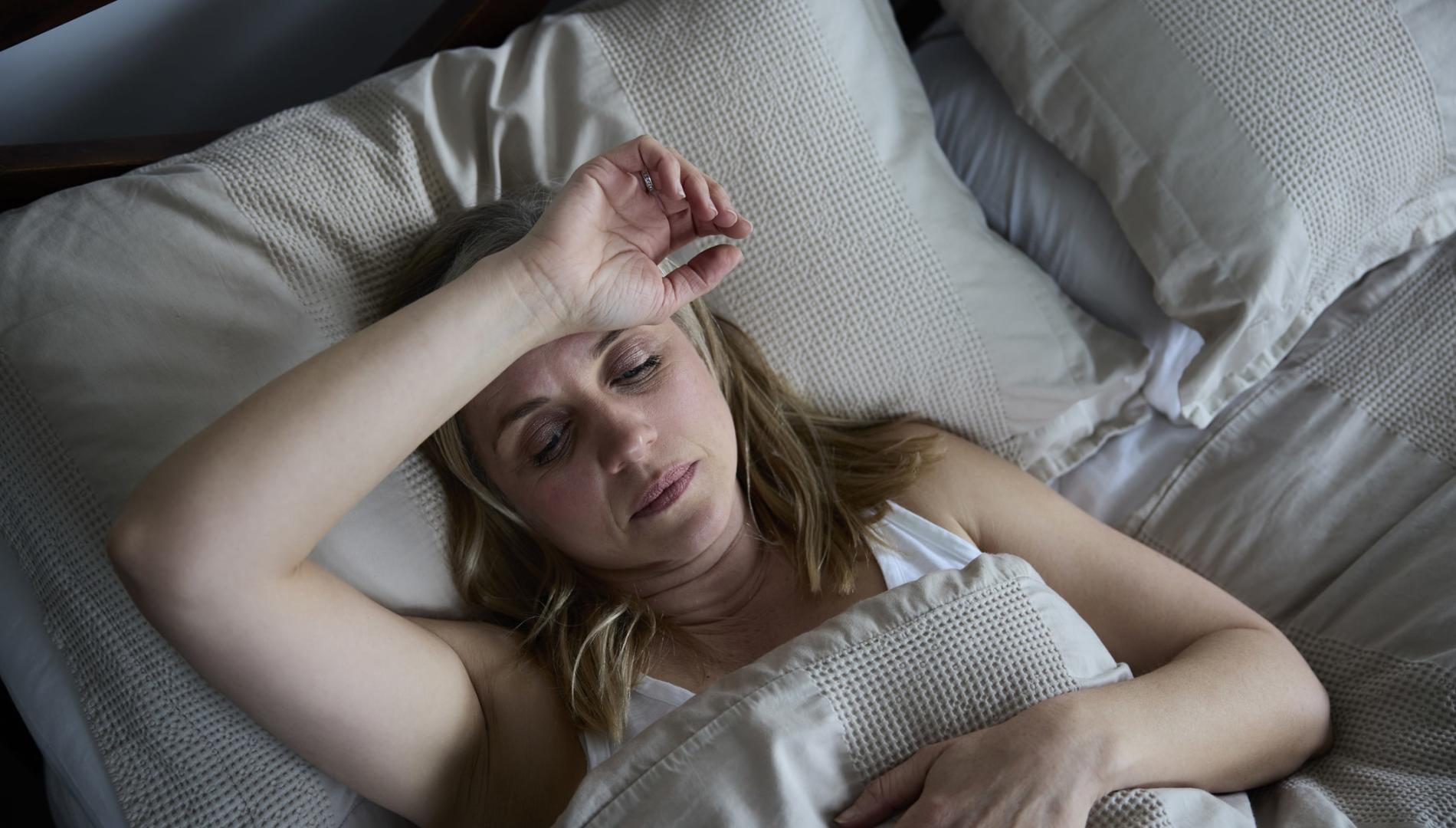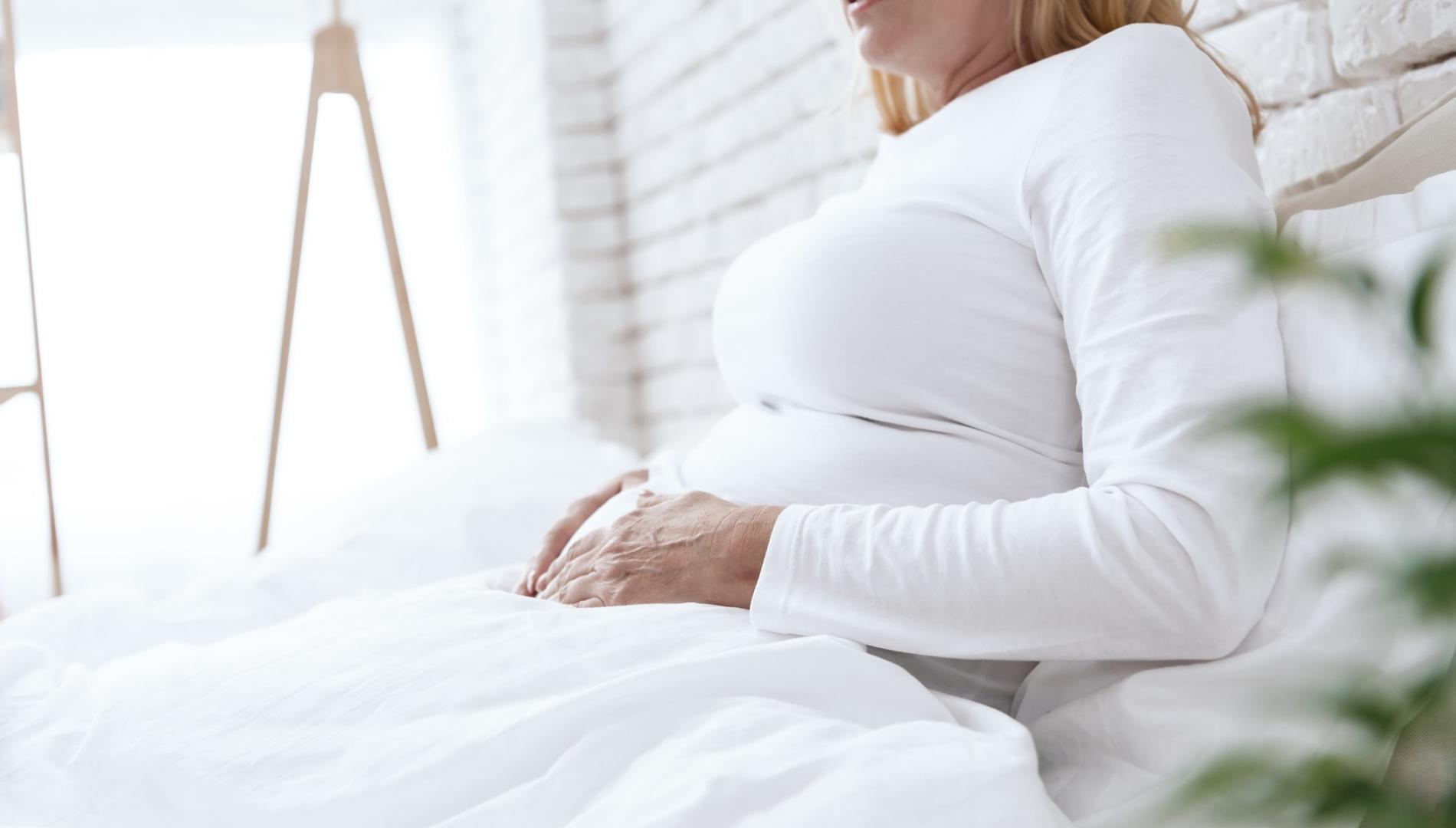Nuanced, not knee-jerk: Striking a balance to keep menopausal women in the workplace
Women have always worked. And I’m not just talking about child-rearing and housework. Since the pre-industrial revolution of the 1760s to 1840s, women have done piece work such as garment-making, or worked in factories, domestic service, or in family businesses. Whether they received pay is a moot point.
Now, at least in OECD countries, 60% of women are in paid work. They’re working throughout their lifetimes, without large gaps for childcare.
There’s a group of women – aged over 45 – who work for financial reasons (little superannuation, loss of family home in a divorce), and this is being encouraged globally. Governments want women (and men) to work later in life, as can be seen by the trend of increasing the age for pension benefits that’s happening worldwide.
Read more: Pause for thought: Taking the lead in women’s mental health
The recent Senate Report into Menopause focused very heavily on the impact of menopause in the workplace. Certainly, there’s an impact. Studies have shown that women with severe menopausal symptoms such as irritability, mood shifts, fatigue and hot flushes self-assess as having reduced ability to work, decreased productivity, increased absence due to sickness, less motivation and – importantly – increased thinking about either reducing their hours or leaving work altogether.
Menopause and work study
However, few studies have taken any account of the type of work women are doing.
One study that has explored this was carried out in the UK at the University of Southampton. The Health and Employment After Fifty (HEAF) study recruited more than 8000 people aged 50 to 64 in 2013. Questions about menopause were included in one of the annual follow-up surveys.
Out of more than 3000 women still in the cohort, 409 were working when they started menopause, and more than a quarter reported either moderate or severe problems coping with menopausal symptoms at work.
Menopause can’t be another reason to silo women out of the workforce or prevent them progressing up the career ladder.
The same study, on which I was an author, drilled down into the characteristics of women who said they were most impacted by menopausal symptoms at work, providing an insight into where it would be best to offer workplace support.
Interestingly, there was no difference in coping whether or not the work was physically demanding. However, women who were economically struggling or with financial dependents were more likely to report having major problems coping at work due to menopause.
Read more: Putting the ‘health’ back into health and safety at work
Additionally, women who felt insecure in their employment or reported feeling criticised unfairly at work or that their job was unsatisfying were also more likely to report moderate or severe difficulties coping at work with menopausal symptoms.
Therefore, it seems that it’s the psychosocial work environment that really matters.
So, if the studies tell us who is most impacted by menopausal symptoms (the financially disadvantaged, those with financial dependents), then these are the women (and the workplaces) we should target with ways to not only improve capacity to work (better air-conditioning, rooms where women can go to briefly de-stress or change sweat-sodden clothes if necessary), and we need to assist these women with advice (medical, mental health, financial, etc).
Acknowledging those who struggle
Women have worked through menopause for a millennia. But the workplace has changed. Acknowledging that there are some – not all – women who struggle to work because of their menopausal symptoms will help them stay at work longer. Which is, of course, what all governments globally want to happen.
But here’s the kicker – help must be provided in a way that doesn’t set women up for further discrimination. Menopause can’t be another reason to silo women out of the workforce or prevent them progressing up the career ladder because of fears they may not be able to work optimally, at a time when their expertise and experience is at its peak.
We’ve seen this too many times before with pregnancy and childcare issues impacting working women way more than working dads.
Like all things to do with women’s health, we need a nuanced, not a knee-jerk response. In particular, we need to better-understand how effective current menopausal hormone treatments are at enabling work and quality of life.







